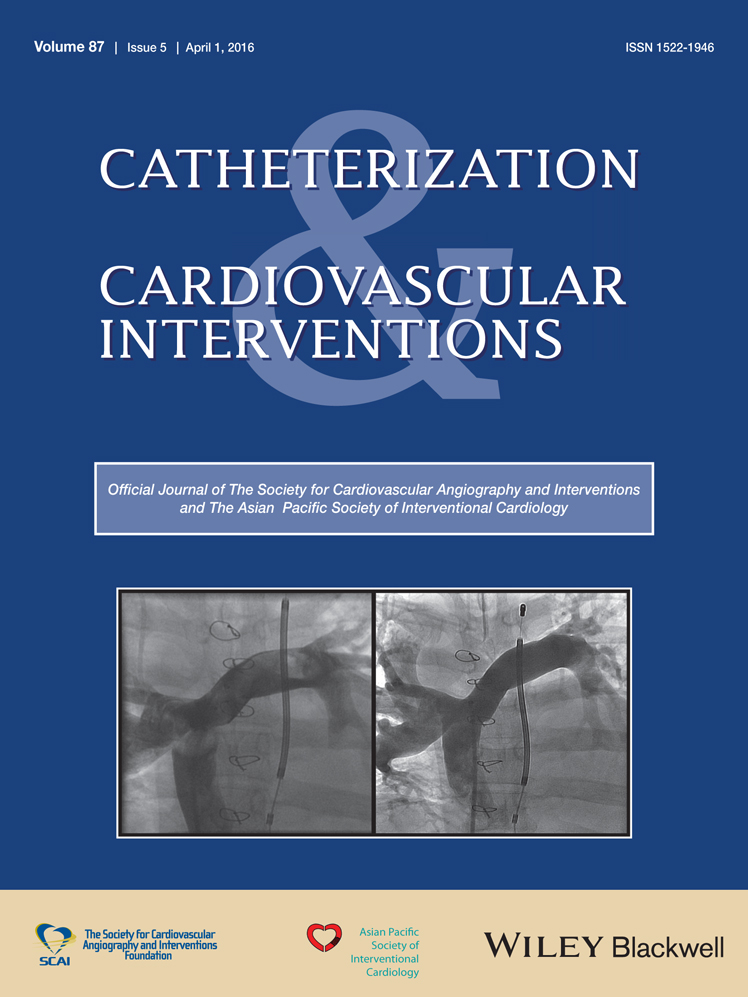Transcatheter pulmonary embolectomy after fontan
Conflict of interest: Nothing to report.
Abstract
Pulmonary embolism (PE) is a significant cause of morbidity and mortality among hospitalized patients, and thrombolytics are the mainstay of treatment. However, for patients who fail or have contraindications to thrombolytic therapy, catheter-based therapies, such as the AngioVac aspiration system, have emerged as an alternative to surgical embolectomy. Here, we present the novel case of a 22 year-old woman with Fontan circulation who developed severe postpartum cardiomyopathy and a saddle PE. She failed thrombolytic therapy but underwent successful pulmonary embolectomy by AngioVac aspiration. Patients with Fontan circulation have an increased incidence of thromboembolic events, and AngioVac thrombectomy is a valuable treatment option in these complex patients. © 2015 Wiley Periodicals, Inc.




